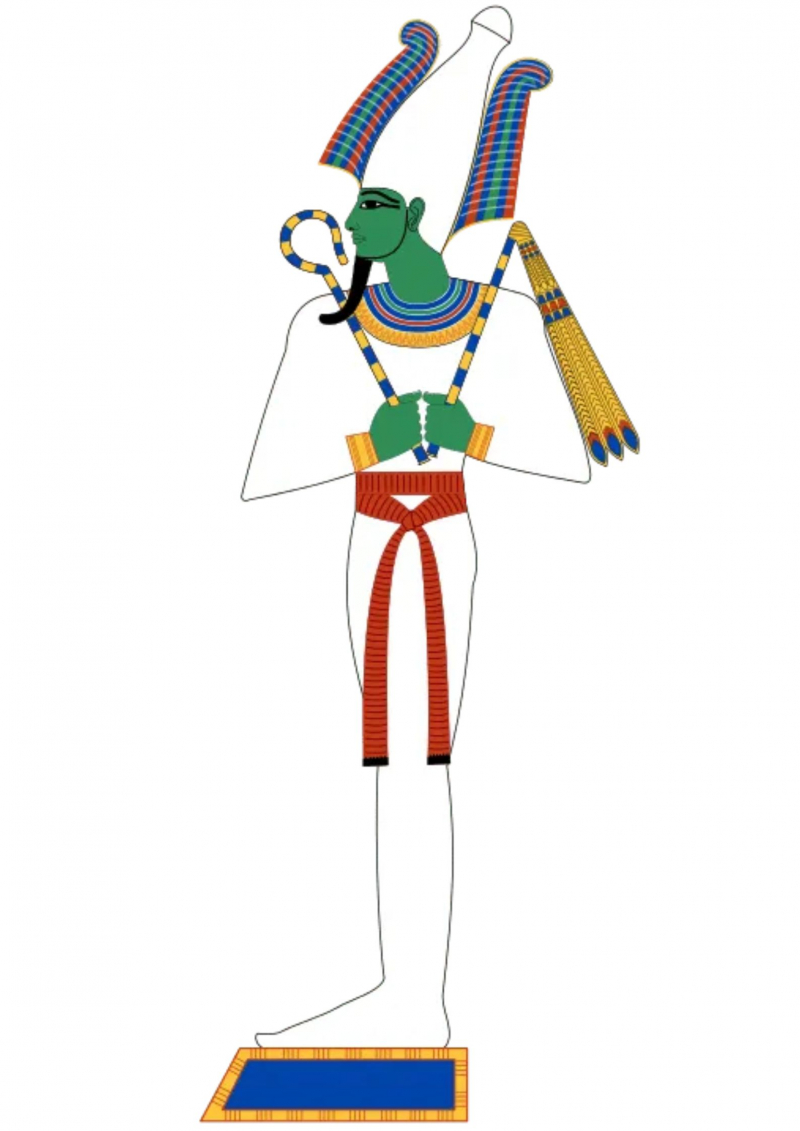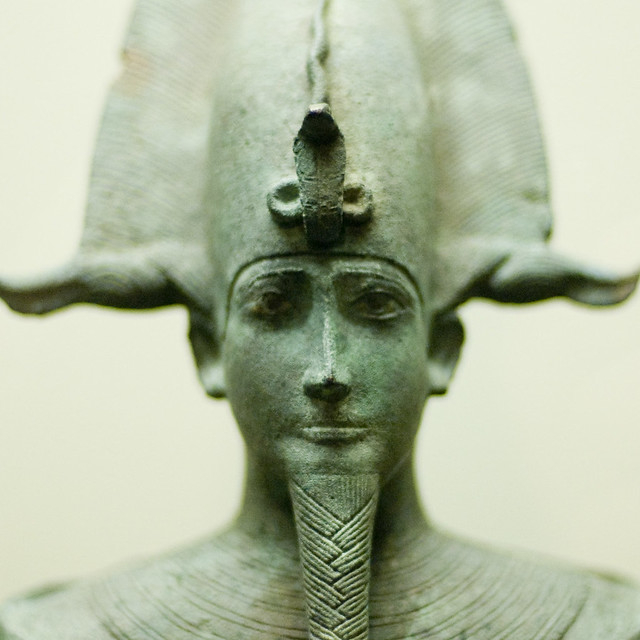Osiris - The King of the Living
Osiris is the Egyptian God of Corn and Vegetation as well as the Goddess of the Underworld. From about 3000 BC to the end of Egyptian history, about 400 AD, he was worshipped.
One of the most respected and worshipped gods in the Egyptian pantheon is Osiris. He was born at Rosetau in the necropolis (portal to the afterlife) of Memphis, according to the genealogy at Heliopolis. He was the oldest of four children and the son of the sky goddess Nut and the ground god Zeb.
The lush flooding and flora along the banks of the Nile were attributed to Osiris, the deity of vegetation, which stood for renewal and growth. Osiris was assassinated by his brother Seth after marrying his own sister Isis. Osiris was killed by his own brother, but thanks to Isis's sorcery, he was resurrected in order to father a child. The son of Osiris and Isis, Horus, avenged the death of his father and ascended to power as a new Pharoah of Egypt, while Osiris transformed into the god of the underworld and helped with both the pharaohs' and the people's afterlives.
Osiris is shown as a body draped in linen when he is in human form. He has free arms like a mummy and is holding a crook and a flail in each hand. His crown is an unusual Lower Egyptian conical crown made of white. His complexion is green, and he is regarded as the solar deity Ra's deathly antithesis.
Osiris was revered as the grain god and represented by a sack of sprouting green seeds. He is also represented by models with articulated members, which ladies would control and parade through the streets during celebrations to show off the god's vigor. It was essential that he had good contacts with the Egyptian royal family. Each king was Osiris in life and the divine representation of Horus after death.
During the Hellenic era of ancient Greece, Osiris appears to have subsequently amalgamated with Dionysus.
Some people think Osiris may have served as inspiration for some of Jesus Christ's life in Christian mythology due to his death and resurrection as well as other aspects of his story.












